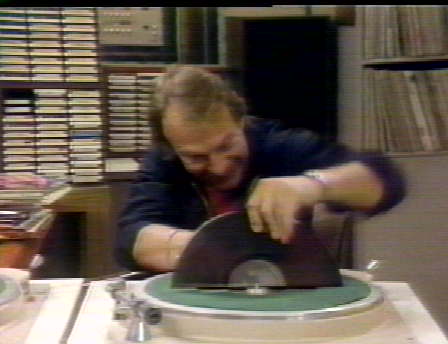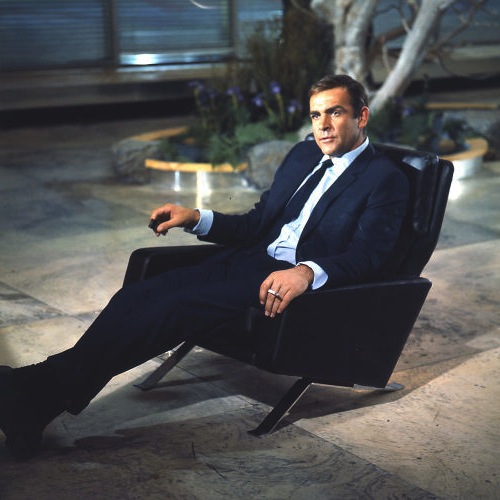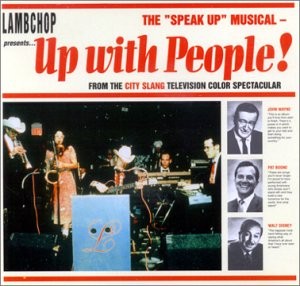all the stuff on the wall
 Friday, April 30, 2010 at 9:18PM
Friday, April 30, 2010 at 9:18PM  Something about seeing all your work for a year all at once that's upsetting, gratifying and humbling.
Something about seeing all your work for a year all at once that's upsetting, gratifying and humbling.
We recently got a dump of the results of our work for the past several months. Although the timing was unavoidable for a number of reasons, I was a little miffed that we hadn't been able to get access to results before this; it seemed to me to be a missed opportunity to learn and adapt as we've been going.
But one happy accident of this situation is that everything we're doing, for good or for ill, is really apparent. The lessons are obvious, if not the trends.
It shows you undeniably what your habits are, the kinds of things you do without really thinking about them because they're so obvious; the kinds of things you really should think about. You see work that did really well; you see work that didn't really engage people, in spite of the fact that it's really well done. And the reason you know it didn't engage people is that you put it up against the hard numbers.
That's the best and worst part of direct marketing – you don't get to hide from the results. You can try to find ways of spinning the numbers, but the numbers themselves don't change. Personally the hardest thing for me to do is to not be defensive and simply accept the results, and figure out what we can do better.
Because, after all, it's not art. It's a business that involves pictures and words.
 direct marketing,
direct marketing,  results
results 




